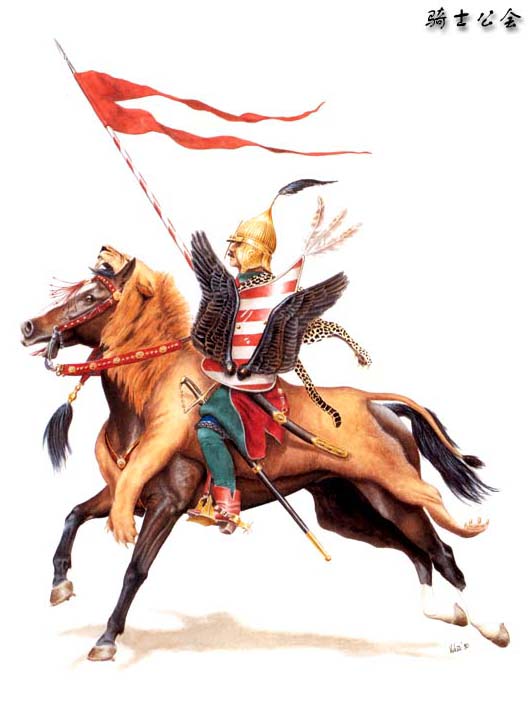
“Horsemen.” Ottoman heavy cavalry drawn mainly from Anatolia and Rumelia. They were granted nonhereditary fiefs by the sultans in return for which they raised, armed, and supplied a given number of horse soldier retainers (Cebelu). Sipahis were known for wearing heavy mail and, along with timariot light cavalry, were the mainstay of Ottoman armies into the 15th century. Despite their origins as cavalry, some sipahis served as marines on the sultan’s galleys. Given the dominant role of cavalry in Ottoman warfare, campaigns were confined to summers by the need for fodder. Sipahis decisively defeated mixed Balkan-Serb armies at the Maritza River (1371) and again at Kosovo (1389). They remained the keystone of Ottoman military power well past the advent of the Janissary Corps and other elite infantry and gunpowder weapons corps. However, slowing Ottoman expansion in the 16-17th centuries limited lands available to support an enfeoffed cavalry army. The growing importance of guns further encouraged a shift to infantry, including Imperial garrisons and various auxiliaries. By the end of the 16th century, six regiments (about 2,400 horsemen) of highly privileged, richly rewarded sipahis (“alti bölük sipahileri”) were assigned to the Kapikulu Askerleri at court. These older troops served in noncombat administrative roles (“divanî hizmet”). Because they were the most expensive of all Ottoman troops to maintain they were more exposed to demotion or even expulsion from the ranks. Sipahis were listed on a register, delisting from which was the ultimate punishment since it entailed loss of revenue and prestige. Over the course of the 17th century, sipahis rolls were steadily and deliberately reduced by the sultans to contains costs and shift military resources to recruitment of cheaper regular infantry. The sums saved were so substantial that the Ottoman Empire, unlike most European states, was able to meet the great cost of raising more modern infantry and artillery formations with relative ease. Purges of the sipahis rolls, sometimes involving thousands of names, were also tied to the ebb and flow of court intrigue and politics.
Serdengeçti (serden-geçtiler).
“Head riskers.” Elite, all-volunteer Ottoman commando and assault units. They were recruited among the Janissaries and sipahis. They undertook the most dangerous assignments in return for promises of unusual material rewards, defined in advance in written contracts. Some led the wild and frantic Janissary charges that so often overcame enemy infantry; others were the first through a breach in the enemy’s wall or over it on scaling ladders. Their casualty rates frequently exceeded 70-90 percent.